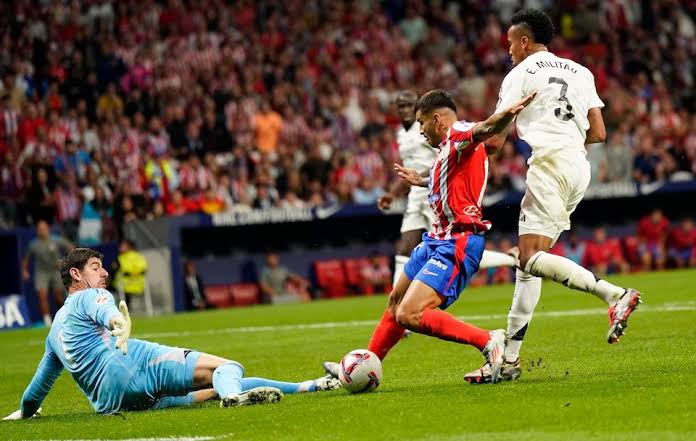FIFA’s New International Break Format
Why it is a Win for Players and Fans Alike

“Suárez had absolutely no reason to put that top bins.”
“Name your Animal XI.”
And just like that, you know it’s the international break again and yes it’s fun sometimes but it’s also a sign that fans are bored out of their minds.
The international break has always split opinion in football. For players, it’s a shift in rhythm, for fans, it’s a forced pause right when the season is starting to really pick up some steam. One week you’re confused on who to buy or sell in FPL, the next you’re sitting in front of the TV about to watch Spain Vs Gibraltar. And of course, the matches are important, they just don’t give the feel that club football does. The break tends to cut momentum, and it leaves fans counting the days until the league returns. But from 2026/27, FIFA’s new setup merging the September and October windows into one longer international break might actually change that. This new three-week break, which runs from September 21 to October 6, 2026, will allow national teams to play four matches instead of the usual two and the change is intended to reduce the number of interruptions to domestic leagues and ease scheduling pressures on clubs.
Ask any top player what they dislike most about international duty, and it’s most likely not the games, it’s the travel. The constant back-and-forth between continents and training styles wears players down more than most fans realize. A winger playing for Brazil or Argentina might fly 10,000 kilometres mid-season, play twice in five days, then come back to a Premier League schedule that demands 90 minutes three days later. It’s brutal.
That’s where the new setup makes a real difference. By merging the September and October breaks into one longer international window, players take one long trip instead of two separate ones just a few weeks apart. It cuts out a full cycle of travel, jet lag, and disrupted sleep which hopefully means fewer soft-tissue injuries and less overall burnout. The difference might not sound huge on paper, but over a 60-game season, it’s massive.
No one feels the pain of the international break quite like fans. You spend weeks watching your team build form, a few wins in a row, the new signing starting to click, that sense that something’s happening and then suddenly, everything stops. Two weeks of silence and a sense of uncertainty starts to build, that gnawing feeling that by the time club football returns, the rhythm might be gone. Few things frustrate football fans more than the international break. One minute your team’s in rhythm, the next everything stops for two weeks. The pace slows, the excitement dips, and everyone’s left counting down to the return of club football.
This new setup helps fix that. With fewer breaks, the season keeps its flow — fans get longer stretches of proper football without constant interruptions. It’s easier to stay engaged when the league isn’t being paused every few weekends.
This way, when the break does come, it actually feels worthwhile. Instead of two short pauses that break up the early season, there’s one proper international window where national football can take center stage. It becomes something fans can watch with intent, not just tolerate while waiting for the Premier League to come back.
And it’s not just about boredom either because momentum matters. The early months of the season can decide title races and relegation battles and when that rhythm is broken up by constant international interruptions, everything feels disjointed. For once, the new FIFA calendar doesn’t just make sense on paper, it makes sense for the fans who actually watch the game week in, week out.
One of the biggest challenges for national teams has always been rhythm. The talent might be there, the coaching might be there, but the time together is short. Players spend almost their entire year locked into club systems, then have to switch style, tactics, and teammates for a few days at a time. It’s harder to build chemistry that way and sometimes you can see it on the pitch and the new setup should fix that.
By merging the September and October breaks into one longer window, national teams finally get proper time to work. That extra time should make international football more cohesive and competitive. Players aren’t flying in midweek, training once, then hopping on another flight home. They can settle, focus, and actually perform at their best. Over time, that could mean sharper games, better coordination, and stronger national identities on the pitch.
The new international break setup is simple but effective. Fewer interruptions, less travel, and more consistency for everyone involved. Players get the rest they need, national teams get proper preparation, and fans finally get a season that doesn’t keep stopping. It’s not a perfect solution, but it’s a smart one, one that respects the rhythm of the game and the fans who make it what it is.








